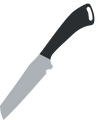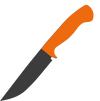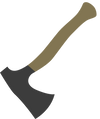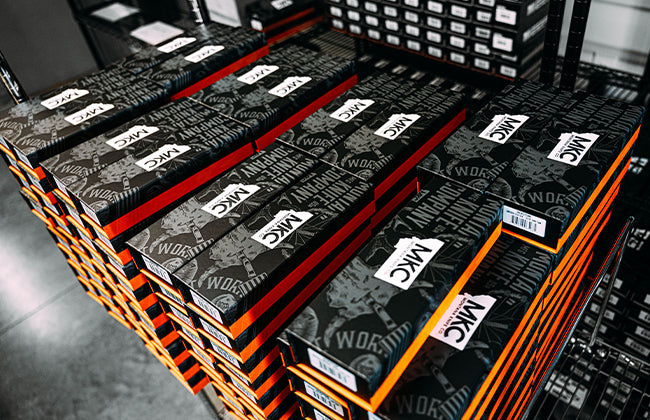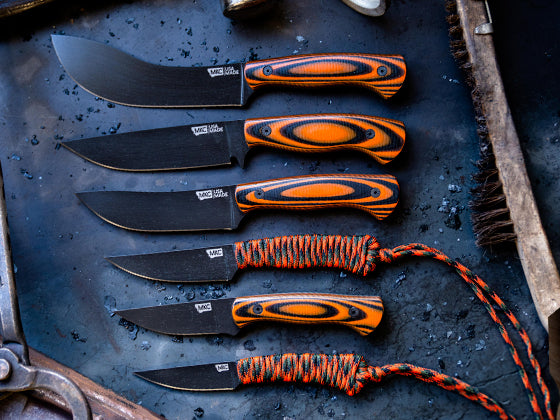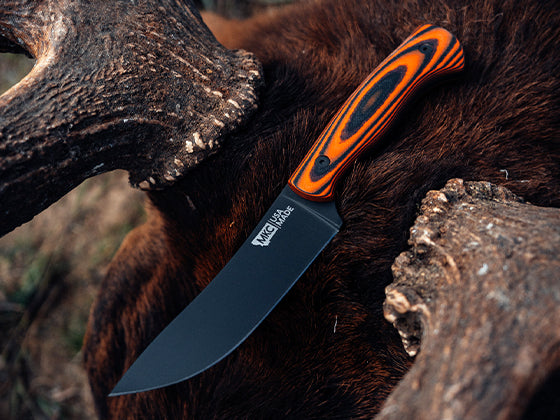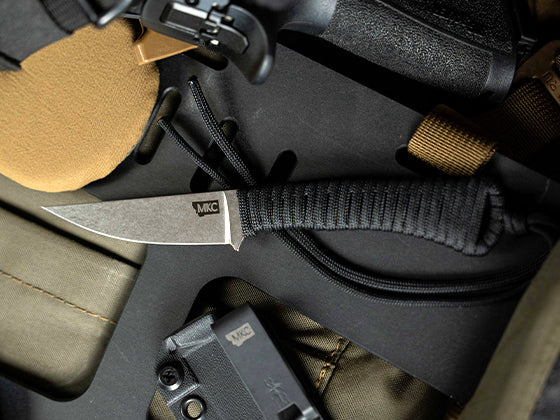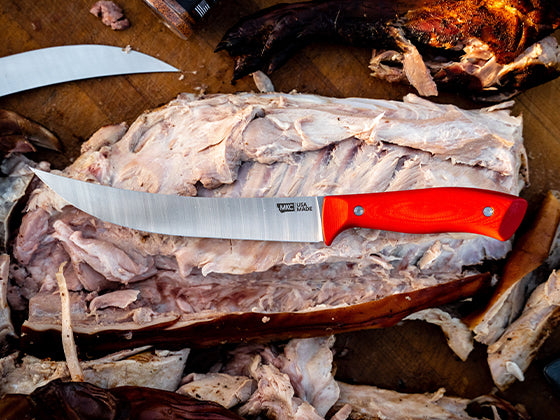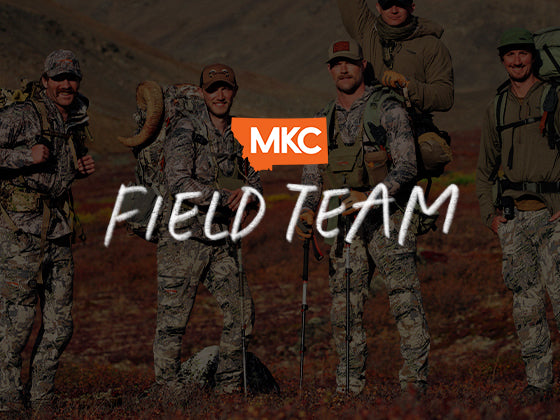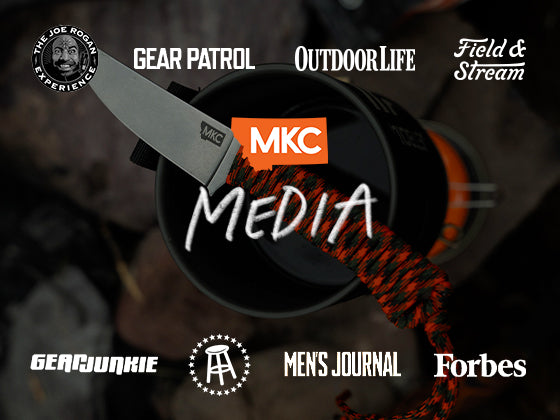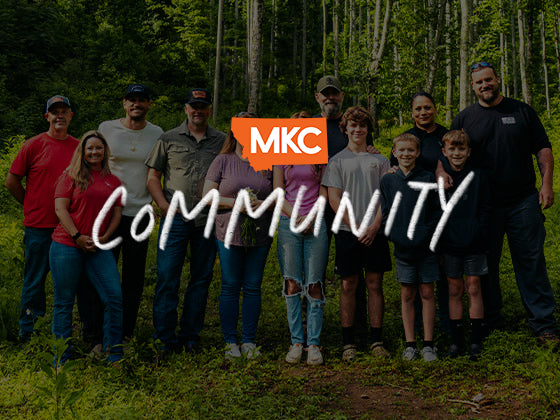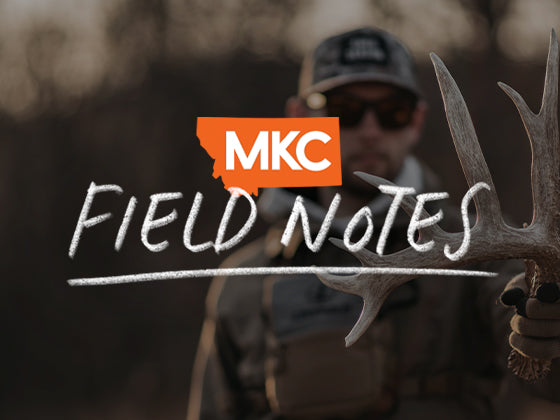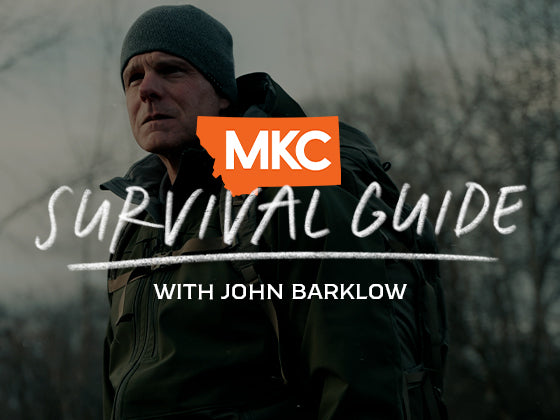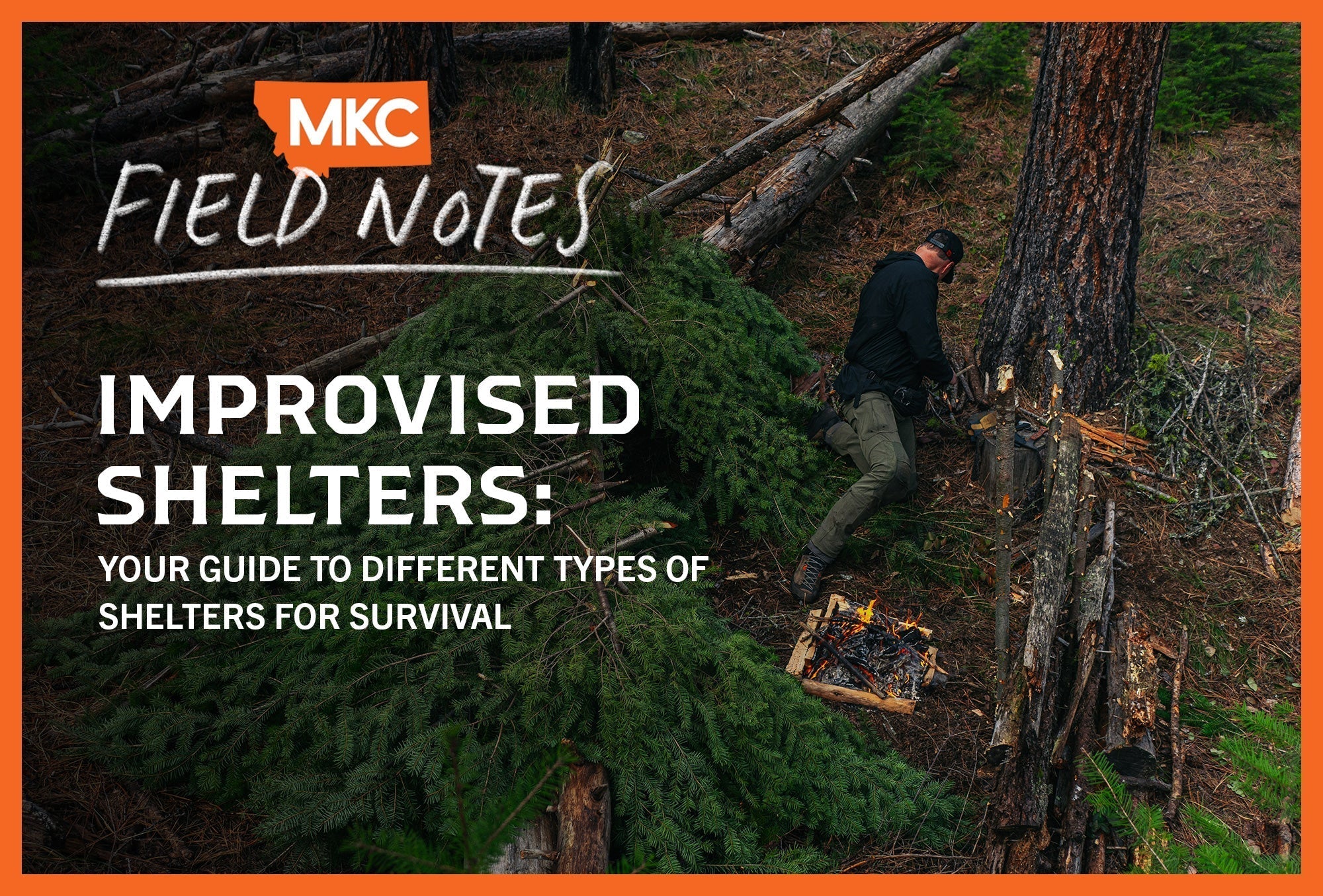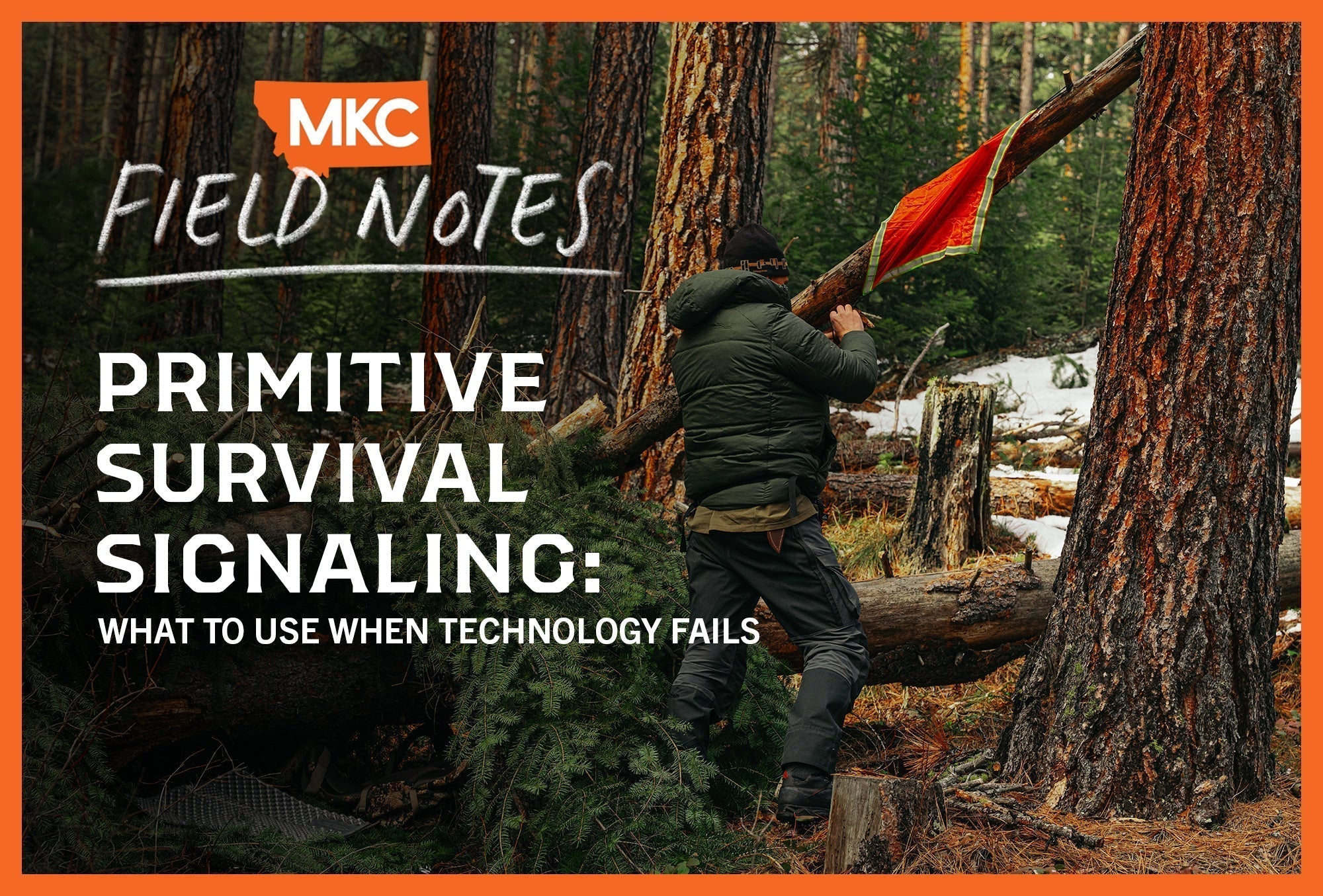At 0600 hours on a bitter March morning, I found myself belly-down in four inches of wet spring snow, rifle trained on a target 375 meters away, wind gusting 15–20 mph from my four o’clock. My hands stiffened inside my heavy gloves as I slowed my breathing and waited for the perfect shot…
Crawling up the edge of the rock rim in four inches of slushy snow, I slowed my breathing, then peeked over and ranged my target below. The blustery winds were going to make this shot difficult, especially with cold, stiff hands.
I wasn’t on my elk hunt yet — that would come eight months later. It was the hunting training that would determine my success when a mature bull elk crossed my path later that year.
Most outdoorsmen wait until just before hunting season to practice their skills, then wonder why they struggle in the field. Today, I’ll explain how to use each season’s unique conditions to improve your success come hunting time.
Match Your Hunting Training to Your Target Season
Most challenging hunting conditions are impossible to replicate during other months. Many hunters only train during fair weather, then choke when they face harsh field conditions.
For example, winter conditions are ideal for training for late-season rifle hunts. The cold affects how your gear and clothing function, and your shooting mechanics. Master these factors in identical conditions while you can, not when your tag is already in your pocket.
You’ll also want to test your rain gear in real conditions to find weaknesses that no other environment will reveal. For instance, if you pursue brown or black bears on the Alaskan coast, test your gear during April showers. A summer drought won’t make you aware of equipment failures that could ruin your hunt.
Shoot in Bad Weather, Not Just at the Range
Range performance doesn’t guarantee hunting success. Flat-range marksmanship builds skills, but it doesn’t adequately prepare you for real hunting scenarios.
Your hunting training must include:
- Steep-angle shots that change your ballistic calculations
- Precipitation that affects optics clarity and bullet drop
- Wind assessment across variable terrain
- Cold-weather weapons manipulation with gloved hands that limit dexterity
These conditions show your true capabilities. Train in these environments now to find your limitations, then fix them before hunting season.
Survival Hunting Training: Build Fires When It’s Wet and Cold
Spring is the best time of year to develop your fire-making skills.
With snow still covering the ground and no burn permit restrictions to contend with, you can safely practice this essential backcountry skill under challenging conditions:
- Wet wood requiring proper tinder selection
- High humidity affecting ignition
- Cold temperatures slowing fire-starting
- Saturated ground demanding proper site preparation
These challenges expose weaknesses in both your technique and gear selection. Practice now to learn whether your kit has the right tools for your hunting environment.

Use Hunting Training Failures to Change Your Plans
Your hunting training will directly impact the decisions you make out in the field. Here’s how:
- Hunt selection: If you have difficulty at higher altitudes and don’t have the time to acclimate, maybe choose a hunt area at a lower elevation or wait until you have enough vacation saved up to do it safely.
- Equipment refinement: Three straight days of hunting training in spring rain may show that those “waterproof” boots you dropped hundreds on leak at the seams after four hours. If so, switch to a different pair before your next hunt.
- Skill development timelines: Your training may show you need three more months of steep terrain shooting before your next mountain goat hunt. In that case, schedule specific training days in the mountains and set clear improvement targets for each session.
- Environmental adaptations: Summer training may reveal that you can’t effectively glass for three hours in 90°F desert heat. Implement a tarp and a hydration system with electrolytes and scheduled dawn/dusk hunting periods for your next adventure.
This real-world approach turns hunting training from casual practice into deliberate prep.
Year-Round Hunting Training: No Offseason for Serious Hunters
Serious hunters know there’s no such thing as an offseason. Each season presents unique hunting training opportunities that build comprehensive field skills.
The hunter who constantly evolves stays ready year-round. Your hunting training is when you refine techniques, test equipment, and build competence that leads to hunting success.
Effective hunting training turns hope into certainty. Whether you’re facing a trophy elk at dusk or crossing treacherous terrain on your way back to camp, luck won’t determine your outcome. The dedicated hunting training you put in throughout the year will.

by John Barklow, a Special Operations Survival Instructor and consultant who has spent decades teaching military personnel and civilians survival techniques in extreme environments.








